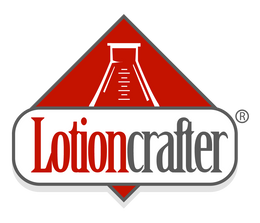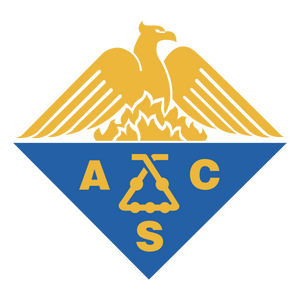
Babassu Hydrating Hand & Body Lotion
Babassu Oil is a silky, dry feeling oil that offers moisturizing and occlusion to the skin as well as thickening to the lotion. Evening primrose oil is high in gamma-linolenic acid (GLA), which helps to speed up skin’s barrier repair mechanisms. These two oils combine to reduce trans-epidermal water loss, create an occlusive layer, and increase skin’s flexibility to reduce cracking.
Glycerin and Sodium Lactate are humectants that draw water from the atmosphere to the skin, providing hydration. Horsetail and/or Calendula Extract moisturizes and reduces inflammation, while Chamomile Extract reduces irritation and behaves as an anti-oxidant. Hydrolyzed proteins offer conditioning and film forming properties. ECOmulse is an emulsifier approved for organic products and is not derived from GMO ingredients.
This formula produces a less greasy feeling, silky feeling lotion with a slight occlusive layer on the skin.
The video How to Make Babassu Hydrating Hand & Body Lotion
|
|
Babassu Hydrating Hand & Body Lotion |
Formula
|
Percent |
Grams |
Ounces |
Ingredient |
|
|
Phase A |
56.5% |
169.50 |
5.98 |
Distilled, de-mineralized, or de-ionized water |
|
|
3.00% |
9.00 |
0.32 |
|
|
|
2.00% |
6.00 |
0.21 |
|
|
|
|
|
|
|
|
Phase B |
8.00% |
24.00 |
0.85 |
|
|
|
12.00% |
36.00 |
1.27 |
|
|
|
11.50% |
34.50 |
1.22 |
|
| 0.5% | 1.50 | 0.05 | Vitamin E Acetate | |
|
Phase C |
3.00% |
9.00 |
0.32 |
|
|
|
2.00% |
6.00 |
0.21 |
|
|
|
0.50% |
1.50 |
0.05 |
|
|
|
1.00% |
3.00 |
0.11 |
- Add Phase A ingredients to a large beaker. Bring to a temperature of 80°C(176°F). Heat directly on a hot plate or in a double boiler.
- While Phase A is coming to temp, weigh and heat Phase B ingredients and add to another pot. Bring to a temperature of 80°C (176°F). Gently stir the oils and waxes to melt them all together. Cover and hold at this temperature until the water phase is ready.
- Remove both beakers from heat and add the oil phase to the water phase. Insert a high-speed paddle mixer or immersion (stick) blender into the mixing vessel, keeping it near the bottom to avoid entraining air and blend. Move the stick blender around in the vessel to make certain that the lotion is well mixed.
- After several minutes of mixing, place your mixing vessel into a cold-water bath (if desired, not required). It creates a cooling jacket around your mixing vessel. Immediately resume blending your lotion with your stick blender. When the temperature is about 40°C (104°F) or cooler, add the Phase C ingredients with mixing.
- The emulsion will continue to thicken (or “set”) for approximately 24 hours. This formulation is suitable for pump bottles, dispensing tubes and jars.
Makes 300 grams (10.58 ounces)
Ingredients in bold are carried by Lotioncrafter.




